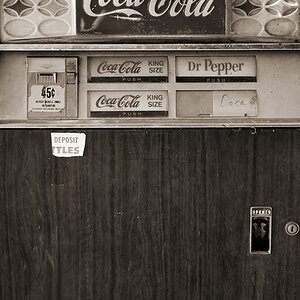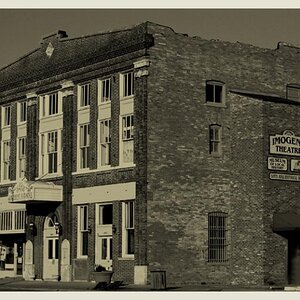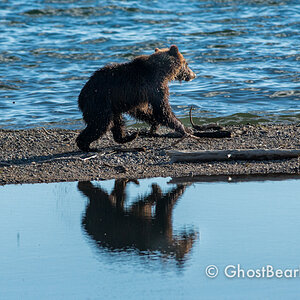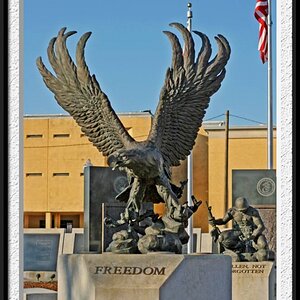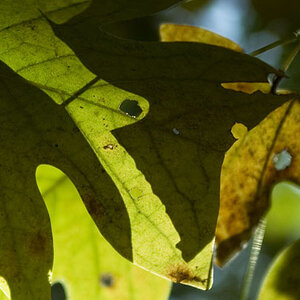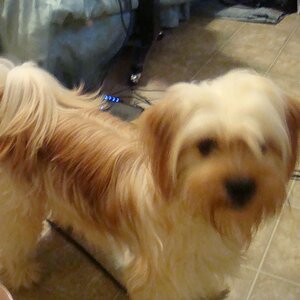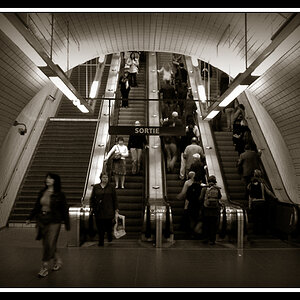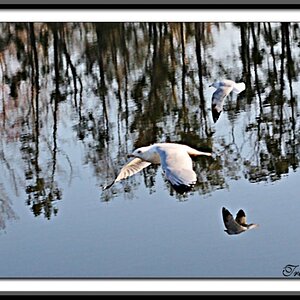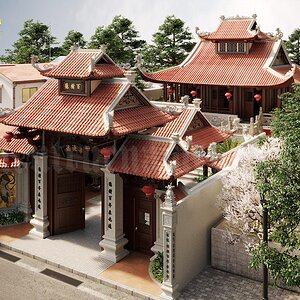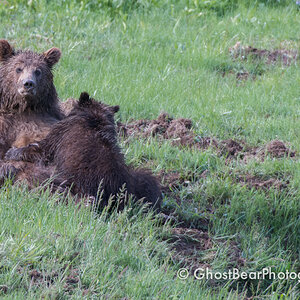daggah
No longer a newbie, moving up!
- Joined
- Feb 1, 2013
- Messages
- 230
- Reaction score
- 102
- Location
- Fussa, Tokyo, Japan
- Can others edit my Photos
- Photos OK to edit
OK, so I watched a video by Zack Arias talking about the relationship between aperture and flash power, and it makes plenty of sense. However, I have some questions. Currently, any of my off camera flash work is handled completely through manual flashes triggered with a CowboyStudio NPT-04 radio transmitter. If I pick up a Sekonic light meter (the L-308s is the one I was looking at on Amazon), I can just plug in a NPT-04 transmitter via PC sync to trigger flashes with it, right?
And then it basically becomes a spot-meter, I'm assuming? So, I'd just set up my lights, dial my desired exposure settings in my camera for depth-of-field and ambient exposure, then place the spot-meter by where I want to meter for and use the results to adjust flash power, right? Hypothetical setup:
ISO 100
F/2.8 for desired depth-of-field
Shutter speed set for whatever for desired ambient/background exposure
One light set at 1/16 power
Say the light meter reads F/8...but since I don't wan't to increase DoF, that means I'd in turn adjust my flash power by 3 stops, right? I.e., instead of 1/16, I'd go to 1/128? Am I understanding it correctly?
And then it basically becomes a spot-meter, I'm assuming? So, I'd just set up my lights, dial my desired exposure settings in my camera for depth-of-field and ambient exposure, then place the spot-meter by where I want to meter for and use the results to adjust flash power, right? Hypothetical setup:
ISO 100
F/2.8 for desired depth-of-field
Shutter speed set for whatever for desired ambient/background exposure
One light set at 1/16 power
Say the light meter reads F/8...but since I don't wan't to increase DoF, that means I'd in turn adjust my flash power by 3 stops, right? I.e., instead of 1/16, I'd go to 1/128? Am I understanding it correctly?



